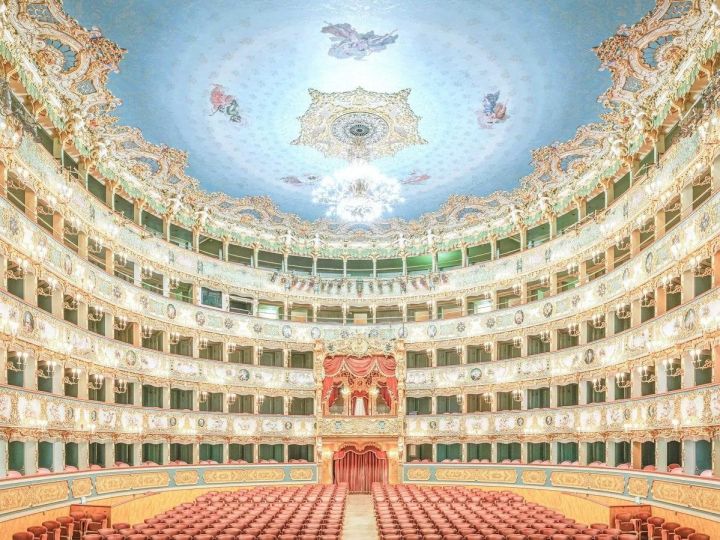In the 1980s, I often sailed with the great skippers of the day, I was surprised how little interest the media had in lighthouses. They were starting to talk about automation, so I decided to do a “conservationist” photographic project on these beacons and the men who worked in them.
The spectacular images that I shot during the 1989 storm revealed an unknown world, the international success that they met showed how these amazing buildings challenge our senses.
The lighthouse in the sea arouses different emotions: anxiety about their exposure to the storms, empathy for the isolation of the lighthouse-keepers, respect for their builders in these extremes conditions. The poetry of the light searching the night in the constellations of the Iroise Sea.
When I fly at wave-top height, my first feeling is of being dazzled by such beauty, pure beauty , stripped of all artificial splendour and yet so sophisticated, the violent beauty, full of stress, of the wave that shatters on the rock and makes you hold your breath and a moment later, the calm run-off that allows you to breathe again in the anxious expectation of the next one. My second feeling is to question the arrogance of my position, having the privilege to contemplate this spectacle from the relative safety of the machine while below me, a terrible and magnificent death stretches out its nets of foam.
The answer is the price of privilege, that’s the risk.
The lighthouse at work: of course, the lighthouses weren’t built to make us dream, for more than a hundred years, they’ve saved lives. Today, technology has made them less useful for navigation, the keepers, lamplighters of the ocean highways, have suffered the fate of the ancient crafts, their eyes have been closed by the satellites.
“They cost a lot and aren’t used any more” you hear all the time. Is the Arc de Triomphe used for something? Are cathedrals really useful? Yes, of course they are. Their history and the artistic emotion they arouse in us justifies our material support, we look after them because they make us feel better, safeguard us from indifference towards our fellow human beings. In the same way lighthouses also have a function, more than that of technical efficiency, but that of the spectacle they offer us, of the respect which they remind us to have for the men who decided on them, fought for them, watched over them, in the service of others.
It remains to solve the financial equation. The authorities are well aware of the interest in these works of art, many of which are being recorded in the inventory of historical monuments. From the establishment of maritime aids to navigation, they have become heritage works. This change in status implies a change of management. This standing is now taken into account with the arrival of the Ministry of Culture, the DRAC Bretagne (Regional Cultural Affairs Management – Brittany), the Iroise Marine Natural Park to help the Administration of Lighthouses and Marker Buoys, and takes some of the apprehension out of these new objectives.
The Regional Commission for Heritage and Sites in Brittany has also taken this need into account in proposing new buildings for classification. So let’s hope for fair winds for the lighthouses under this new rigging.
Jean Guichard
Jean Guichard, Phares en tempête
Editions Ouest-France
28€
http://www.jean-guichard.com/
















